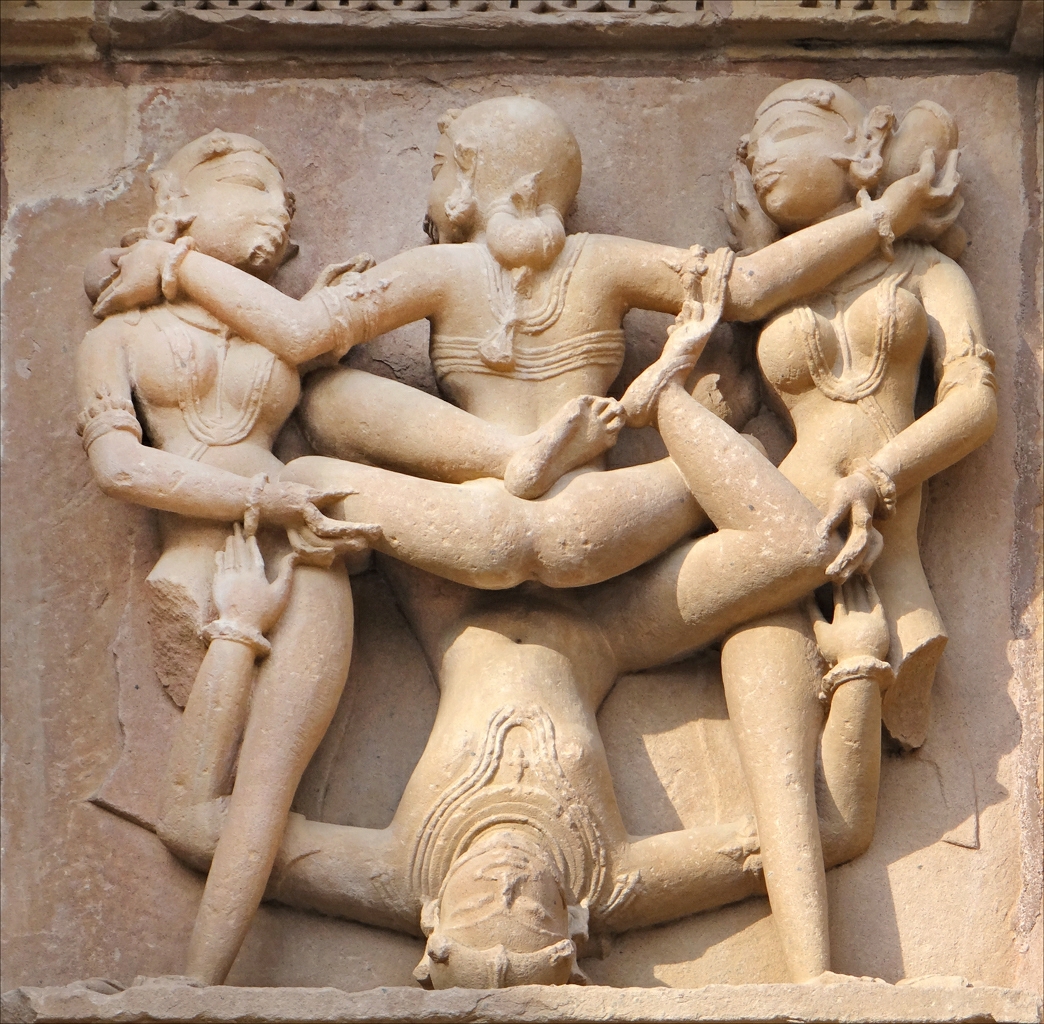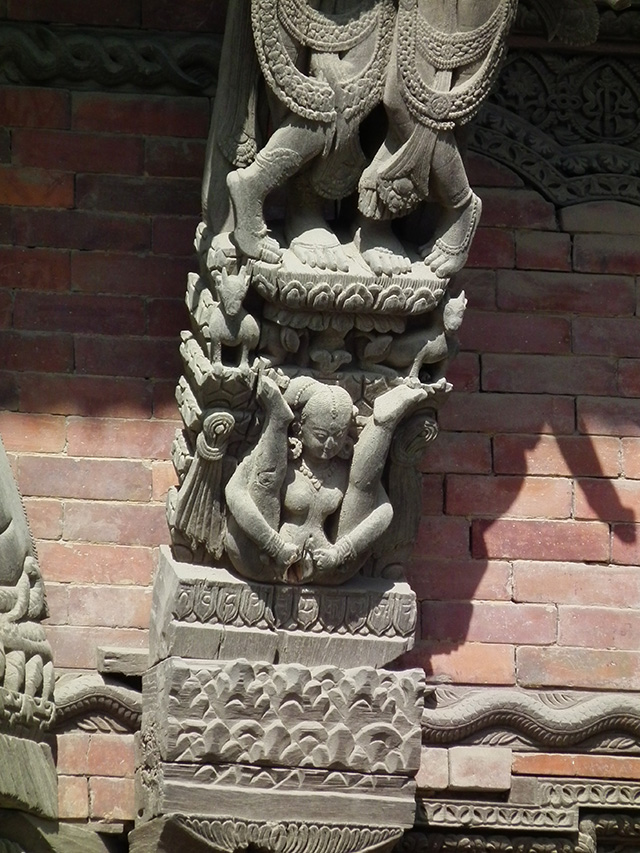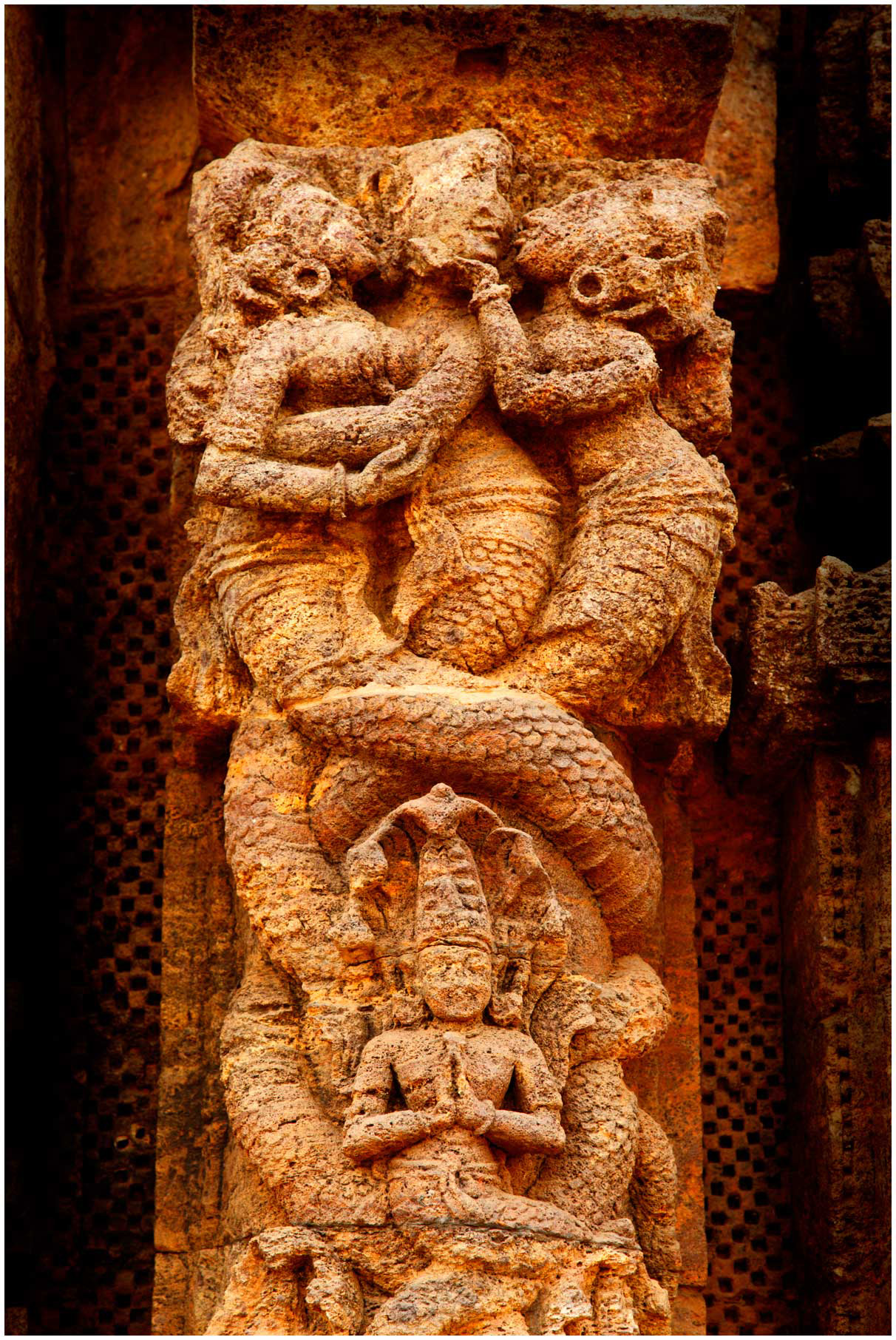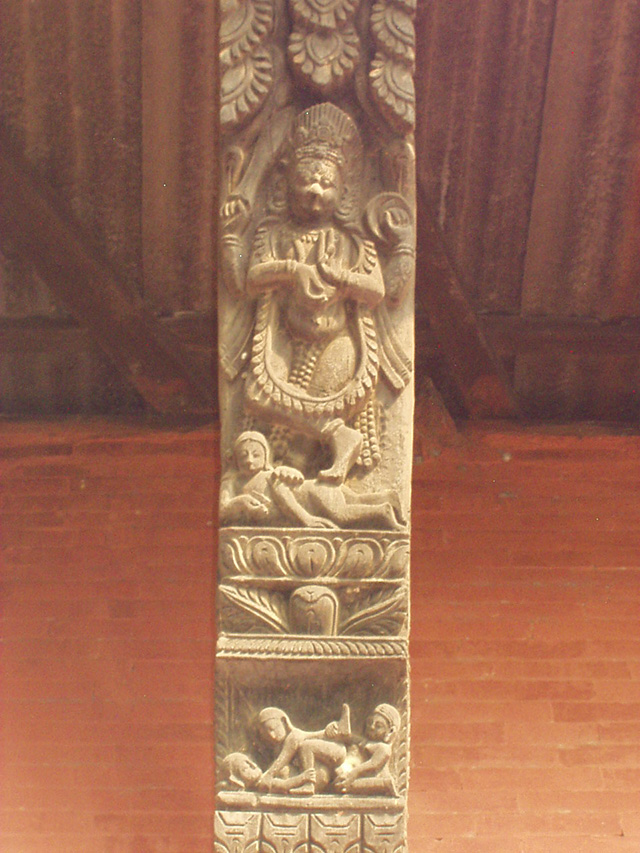By: Avinav Bista
The ability to create and appreciate art is often considered the defining difference between humans and every other living being on this planet. Great works of art transcend time and space allowing us to connect to others in a manner not so easily replicable. And within the broad definition of art and the medium in which it can be presented, the sculptures and statues of ages past help us understand the way in which our ancestors saw themselves and the world around them. Be it Michelangelo’s five hundred year old David or the Huan Yulong’s hip-hop inspired busts, these sculptures reflect the sensibilities and trends of the time. And while some forms of the medium are more prevalent and focus on religion and socio-political themes, there are some such as the erotic sculptures of asia that have existed for hundreds of years concurrently yet are not as well known.
The Asian continent, particularly the orient and the indian sub-continent region has developed it own unique culture over thousands of years. In this time, all manner of subjects and issues have been represented in artform. The origin of asian eroticism in art has its beginning as early as the 2nd century C.E. in what is now present day India. The book known as Kama Sutra was a work of literature as well as art and is considered the bible of eroticism. This detailed tome contains chapters of erotic guidance but remains a work of art and education. While this book has become quite popular in recent decades, it is not the only one. Temples that date back over half a millennia are littered with sculptures that depict the various stages and stances of intimacy between individuals. It is natural to think such images and carvings on the walls of a holy place as a little odd, but in truth the temples that have survived are but a handful of those that existed in ancient times.

To understand why such sculptures and carvings decorated the palaces and temples, we have to acknowledge the differences of our times. It is only in the last few centuries that the world entered a relatively conservative period where day-to-day acts and ideas revolving around physical intimacy has been regarded as a taboo subject. Those who lived before a thousand years did not think of such acts and ideas as unnatural but rather a most integral part of life and society. Another theory that had been brought forward was that since the literate population of that time was marginal at best, these works of art were in a manner a model for educating the youths.

As mentioned before the medium in which these images were displayed, whether it was in the form of a book or a three dimensional representation like a statue or sculpture, the message was considered important. There have been numerous reasonings given for the wide proliferation of such works of art. The Indian sub-continent had numerous princely-states that were constantly fighting amongst each other and as a result the need for soldiers was always present. It is assumed that the erotic sculptures that were situated in the temples would influence the populace to grow and thereby supply the kingdoms with a steady flow of soldiers.

Another theory was that the temples were adorned with these sculptures to dissuade the invading mughal army from looting and destroying the temples. The rationale behind this was that the temples, which were largely hindu in origin, were in danger from the moghul army which was muslim for the greater part. According to the religious scripts of the moghul army, temples belonging to other gods were to be destroyed. This meant that places which for centuries had been the centers of worship were in threat of being obliterated. And this did occur in many places through the mughal dominated states. However, the conservative ideology of islam did not allow, in supposition, to witness such carnal acts in public even if it were only sculptures. Thus, the temples were adorned with erotic sculptures to save the religious iconography of hinduism in a time of crisis. The same theory may apply to the temples in Nepal, which even though were left uninfluenced by islamic forces, the fear of any potential invasion was enough to adorn the temples in the style of Nepal’s southern neighbours.

There is one more approach to explaining this trend of erotic sculptures and that is the sensibilities of the ruling elites of the era. Great temples were often created during the intervals between wars and conflict, so it is acceptable to assume that the zeitgeist of the time was more introspective. In this time, new forms of reflecting life was given importance, so these erotic themed sculptures and carvings were simply one aspect that the people of the time represented amongst others. Similarly buddhist temples or stupas, as they are commonly known, also hold intricate carvings that represent the aesthetic and carnal phases of life.

Whatever the reasons for creating the temples and sculptures may be, they are a valued part of the sub-continental history and offer the observer a chance to peer into the past like no other place in the world. While depictions of great wars and victories are a common sight along with religious depictions and themes, the simple acts of daily life being represented in such an important manner tells us of the duality in thought and perspective of the those who created these sculptures.







